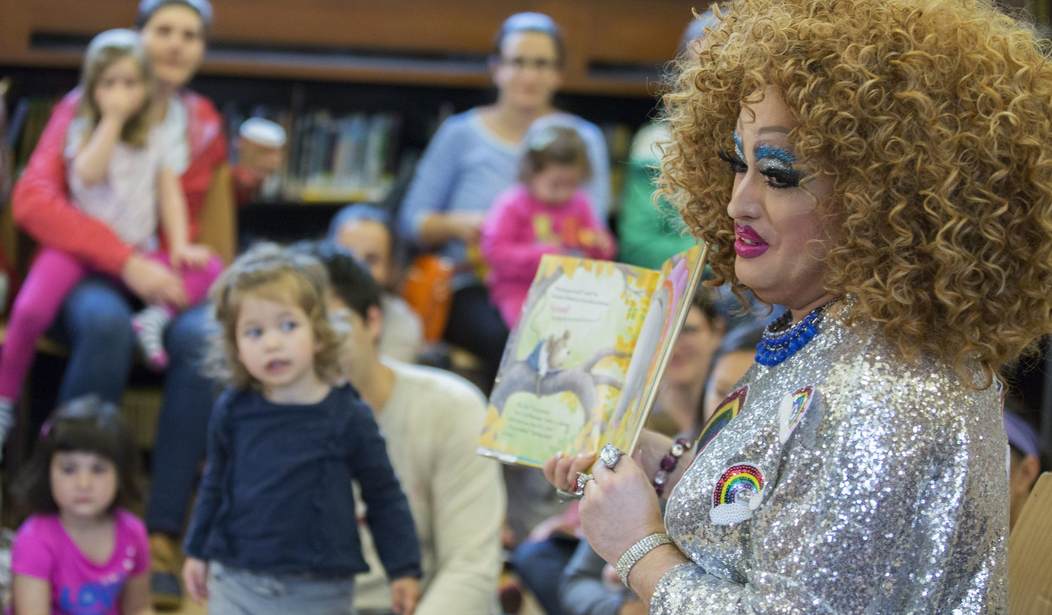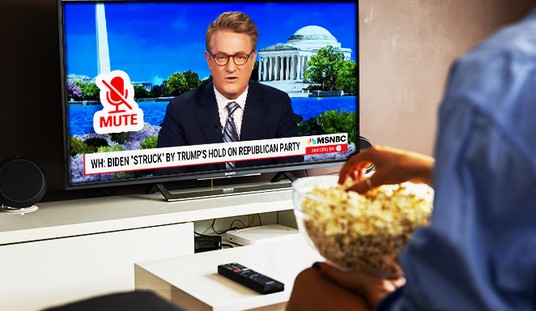With all the talk of transgenderism invading classrooms and library story times, parents should be aware of how the federally mandated Common Core Standards Initiative paved the way to welcome this kind of dialogue into classrooms as far back as 2009. The federally designed curriculum from which states and local boards of education pull in order to create their own standards (and earn federal dollars) includes National Sexuality Education Standards for students in grades K-12. This curriculum includes a subsection on “Identity.” Zoom to the chart of end-goals, scan under “Identity” and you’ll quickly learn that:
- By the end of second grade, students are expected to “provide examples of how friends, family, media, society and culture influence ways in which boys and girls think they should act.”
- By the end of fifth grade, students will have discussed homosexual relationships and identify “trusted adults” with whom they can discuss issues of sexual orientation.
- By the end of eighth grade, students will study “gender roles” and “differentiate between gender identity, gender expression and sexual orientation.”
- By the end of twelfth grade, students will “Differentiate between biological sex, sexual orientation, and gender identity and expression” and “Distinguish between sexual orientation, sexual behavior and sexual identity.”
The underlying theme running throughout the K-12 curriculum is that “friends, family, media, society and culture” — sometimes dubbed “external influences” — control and shape an individual’s understanding of gender and gender expression. Biology is not included in the curriculum, presumably because biology is filed under hard sciences and involves dissecting frogs that are already dead, so they can’t tell you what gender they think they are.
Advocacy is also a critical component of the sexuality curriculum. Students are encouraged to discuss ways in which they can promote respect across the gender expression spectrum and to advocate for programming that celebrates gender expression and sexuality choices in their own schools. Students aren’t just learning that gender is a construct; they’re learning how to take their political notions into the streets to demand justice in a way toddlers tantrum until they’re given what they want.
The push for a transgender-heavy, pro-LGBTQIA curriculum in public schools didn’t happen overnight. Curriculum planning began in the late 2000s, but the idea of Common Core was birthed in the 90s. Libraries may be welcoming drag queens into story time in 2017, but two years ago Think Progress published a piece questioning “Can We Adapt Sex Ed for the New LGBT Inclusive America?”
Last year Washington State implemented a new curriculum derived from Common Core to teach transgenderism to kindergarteners. This coming fall every public school in the state will begin teaching children as young as five that “there are many ways to express gender.” To make this lesson plan fit the mold of Common Core curriculum standards, education legislators had to contradict the state’s own definition of gender as a biological, not social construct, a move they justified as “supportive of classroom instruction.”
We used to teach our children not to lie. Now we lie in order to teach them. And schools are getting taxpayer dollars to do it.








Join the conversation as a VIP Member